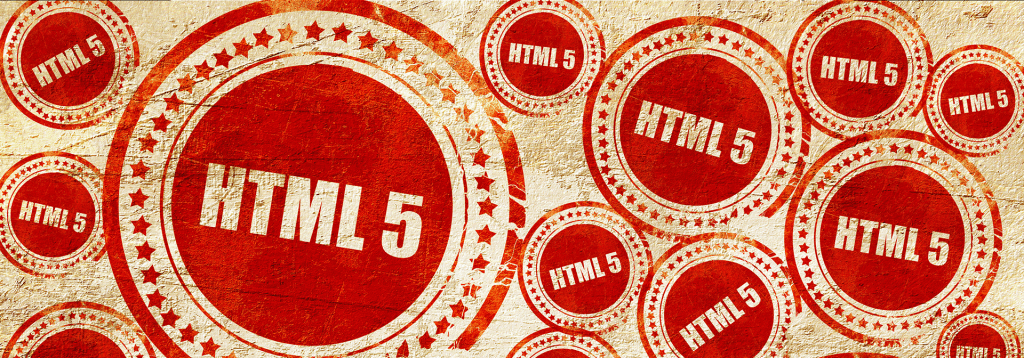What is HTML5?
HTML5 is the fifth iteration of the HTML markup language. This current version has allowed for developers and designers to create small canvasses that can be used for ad formats.
HTML5 has made video more accessible on the web, as they can now be hosted in HTML5 canvas, rather than the traditional Flash banners which required a plug in for the banners to be displayed.
Performance
HTML5 can be easily integrated into a page and can use polite loading which is better for the user. Polite loading is when the ad waits for the page to load completely before loading the ad unit, thereby making the experience for the user better as page load speed is unaffected.
HTML5 is also used across all devices, meaning that ad units can be built to be responsive so that multiple ads need not be created. At the end of 2016, Google Chrome phased out the use of Flash ads entirely to make way for HTML5 as the new standard. Additionally, their Doubleclick service does not allow new Flash uploads as of July 2016.
Development
The great news is that Google has its own program (Google Web Designer) for developing HTML5 banners. GWD is based on design and animation with the option to go in and tweak the code yourself. It’s also fully integrated with the Doubleclick platform, making it the easiest program to use if you are developing ads for Doubleclick.
You can also use a program such as Adobe Animate CC, and if you are a Webflow user you can also use their builder for canvas ads also.
Creative Freedom
HTML 5 allows for creative possibilities that are far broader than your standard static or gif banners. You can create banners with video, complex animation, interactive elements such as galleries you can swipe through, all the way up to in-ad games for the user to play.
Google has included pre-built components for GWD that can be dragged and dropped into an ad canvas. These are fully customisable without having to code them from scratch, giving more creative freedom to designers that don’t necessarily have complex coding skills.
The list is endless, but an HTML5 creative tends to perform better as it’s more likely to catch people’s eye than a regular static ad, and with added interactivity you are more likely to draw people in.
RocketFuel have found that animated ads have a 7% higher conversion rate than static ads.
Animated and Interactive Ads in Action
Don’t forget to turn adblock off!
Beyond the Visual
It’s not always about the visual side of the ads either… HTML5 can pull data from a database hosted by Doubleclick in the form of a Dynamic Profile, meaning ads can be completely customised for remarketing, multi-region and custom audiences.
Another benefit of dynamically fed ads is that they can be updated while in a live environment, if a special offer changes from 20% to 50% off for example, you will not have to re-upload the whole ad unit after correcting the copy, you can do this via Doubleclick’s dynamic profile and just simply push the new copy live.
Conclusion
Being the new industry standard, HTML5 is definitely gaining traction and popularity.
Do you use HTML5? Which platform do you use to design your ads? Have you seen any improvement in performance? Let us know in the comments below!
